As the world grapples with the dual challenges of urbanization and environmental degradation, innovative solutions like pyrolysis technology are emerging as a promising approach to enhancing waste efficiency. Pyrolysis, a thermal decomposition process, offers a unique pathway to convert organic waste into valuable resources such as biochar, biogas, and pyrolysis oil, thereby minimizing landfill dependency. This article delves into how pyrolysis can revolutionize waste management practices, exploring its applications, benefits, and challenges while examining its role in achieving sustainable waste management goals. By understanding the pyrolysis process and its impact on waste efficiency, we aim to shed light on its potential to transform how we handle waste, contributing to a more sustainable and resource-efficient future.
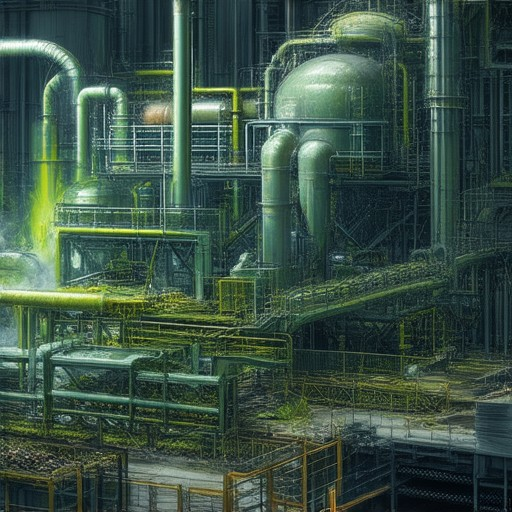
How Efficient is Pyrolysium?
Pyrolysium is a highly efficient process for converting organic waste into valuable resources through thermal treatment. Its efficiency is measured by several factors, including energy recovery, resource production, and environmental impact reduction.
Key Efficiency Metrics
- Energy Efficiency : Pyrolysium processes typically recover around 60-70% of the input material’s energy value, depending on the feedstock and operating conditions.
- Exergy Efficiency : As noted, increasing temperatures from 400°C to 600°C enhances overall exergy efficiency, peaking around 68.4% at optimal settings.
- Carbon Retention : The process yields biochar, retaining a significant portion of carbon from the organic waste, often exceeding 50%.
Applications and Benefits
- Waste Management : Converts non-recyclable organics into stable biochar, reducing landfill dependency.
- Agricultural Enhancement : Biochar improves soil fertility and reduces greenhouse gas emissions when used as a soil amendment.
- Energy Production : Produces syngas, a precursor to methanol or other fuels, contributing to renewable energy sources.
Competitive Edge
While there are several competitors in the waste-to-resource space, Pyrolysium stands out for its innovative approach and scalability. Companies like Terrapure and Vestas Bioenergy also offer advanced pyrolysis solutions, each with unique strengths. However, Pyrolysium’s commitment to sustainability and community education sets it apart.
Considerations for Implementation
- Feedstock Suitability : Best suited for organic-rich materials like municipal waste, agricultural residues, and industrial byproducts.
- Reactor Design : Customizable to handle varying feedstock quantities and qualities, ensuring optimal efficiency.
- Environmental Impact : Minimizes hazardous waste generation and reduces methane emissions from landfills.
Conclusion
Pyrolysium’s efficiency lies in its ability to transform waste into valuable resources while maintaining high energy recovery rates. By adopting this process, organizations can contribute to a circular economy and promote sustainable practices.
How is Pyrolysis Useful in Waste Management?
Pyrolysis is a versatile and effective technology for managing waste, offering multiple benefits for resource recovery, environmental protection, and energy production. Here’s how pyrolysis contributes to waste management:
- Resource Recovery:** Pyrolysis transforms organic waste into valuable resources like biochar, char, and biogenic gases. These products can be reused in various applications, reducing reliance on raw materials and promoting circular economy principles.
- Reduction of Landfill Dependency:** By converting waste into resources, pyrolysis helps decrease the amount of waste sent to landfills, thereby reducing the environmental impact associated with landfill operations and methane emissions.
- Environmental Benefits:** Pyrolysis processes typically operate at lower temperatures compared to combustion, minimizing harmful emissions such as CO2, NOx, and SO2. This makes it a cleaner alternative for waste disposal.
- Energy Production:** Pyrolysis can generate energy in the form of heat, steam, or electricity, providing a renewable energy source while managing waste. This dual benefit supports energy independence and reduces carbon footprints.
- Waste Specifics:** Pyrolysis is particularly useful for managing certain types of waste, such as food scraps, agricultural residues, and plastics, which can be difficult to dispose of conventionally.
At Pyrolysium, we advocate for sustainable living and innovative waste solutions. Our mission is to harness the power of pyrolysis to transform waste into valuable resources, fostering a more eco-conscious society. Learn more about our efforts and how you can contribute to this movement by visiting our website .
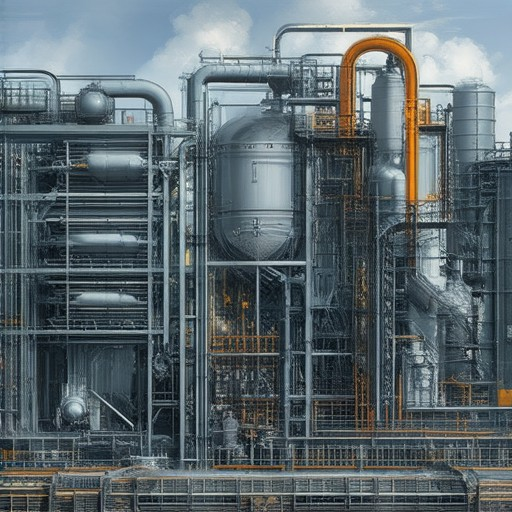
Disadvantages of Pyrolysis
Pyrolysis, while a promising process for transforming waste into valuable resources, does come with its own set of challenges and drawbacks. Understanding these limitations is crucial for evaluating its feasibility and potential impact.
High Energy Requirements
One significant disadvantage of pyrolysis is its reliance on high temperatures, typically ranging between 500-800°C, to facilitate decomposition. This requires substantial energy input, often sourced from non-renewable fossil fuels, which can negate some of its environmental benefits. Transitioning to renewable energy sources for the process remains a work in progress.
Environmental Emissions
While pyrolysis produces less harmful emissions compared to traditional incineration methods, it still generates greenhouse gases and particulate matter. The exact environmental impact depends on the feedstock and the efficiency of the process. Improving energy efficiency and capturing emissions through advanced filtration systems could mitigate these effects.
Technical Challenges
The pyrolysis process is highly dependent on controlled conditions, including temperature, pressure, and the presence of catalysts. Scaling up the process for industrial applications presents technical difficulties, particularly in maintaining consistent product quality. Equipment durability and the need for continuous monitoring further complicate the process.
Safety Concerns
The high temperatures involved in pyrolysis pose significant safety risks. Accidental ignition of flammable materials or equipment malfunctions can lead to dangerous explosions or fires. Proper safety protocols, including regular equipment inspections and the use of flame-resistant clothing, are essential to preventing incidents.
Cost Considerations
Pyrolysis facilities are expensive to construct and operate. The initial capital investment is substantial, and ongoing maintenance costs can add to the financial burden. Smaller-scale operations may face higher per-unit costs compared to larger, more efficient plants.
Dependency on Feedstock
The success of pyrolysis heavily depends on the quality and availability of the feedstock material. Not all waste streams are suitable for pyrolysis, limiting its applicability. Additionally, the process is sensitive to variations in the composition of the input materials, which can affect the yield and consistency of the final products.
Competitor Solutions
While pyrolysis offers unique advantages, other waste management techniques, such as composting and recycling, may be more feasible in certain contexts. These methods often require fewer resources and have established market acceptance, making pyrolysis a competing solution rather than a standalone answer.
Explore how sustainable living practices can complement pyrolysis efforts .
By addressing these challenges, pyrolysis has the potential to play a vital role in achieving a circular economy and reducing environmental impact. However, careful consideration of these disadvantages is essential for determining whether pyrolysis is the right solution for a particular application.
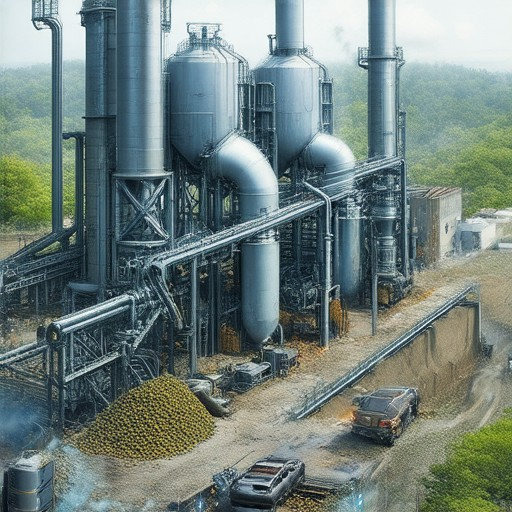
Why Pyrolysis Is Not Widely Used
Pyrolysis, a thermal decomposition process that occurs in the absence of oxygen, is not widely adopted due to several barriers. Here are the primary reasons:
- High Energy Requirements : Pyrolysis processes typically require significant energy input, making them costly compared to other waste management methods.
- Lack of Scalable Technology : The equipment and technology needed for pyrolysis may not always be readily available or easily scalable, limiting its adoption in various industries.
- Regulatory Hurdles : Varying regulatory requirements across regions can hinder the implementation of pyrolysis systems, particularly in areas with strict waste management laws.
- Market Competition : Established technologies like incineration and composting have dominated the market, making it difficult for pyrolysis to gain widespread acceptance.
- Limited Awareness and Research : A lack of public awareness about pyrolysis’s benefits and potential applications can slow its adoption. Additionally, insufficient research investment may limit progress in optimizing pyrolysis processes.
- Scalability Issues : While pyrolysis can be effective for certain applications, it may not always be suitable for large-scale operations, which limits its feasibility in industrial settings.
- Environmental Concerns : Despite its ability to reduce waste, pyrolysis may still produce emissions or byproducts that require careful management to ensure environmental safety.
- Collaboration Challenges : Limited partnerships between research institutions and private sector entities can hinder the development and promotion of pyrolysis-based solutions.
By addressing these challenges through technological innovation, policy support, and increased awareness, pyrolysis has the potential to become a more widely recognized and utilized process.
Why Pyrolysis Can Have Negative Environmental Impacts
Pyrolysis, while a promising process for converting organic waste into biochar, does present certain environmental challenges. Here’s a breakdown of the key concerns:
- Energy Consumption and Emissions : Pyrolysis typically requires high temperatures (often around 500°C), which can lead to significant energy use and greenhouse gas emissions, such as CO₂ and CH₄, contributing to climate change.
- Resource Competition : The process consumes large amounts of biomass, diverting resources from other essential uses like food production and agriculture, potentially leading to deforestation and increased costs for local economies.
- Efficiency Issues : If pyrolysis is inefficient, it may result in lower yields of biochar, wasting resources and increasing its environmental footprint compared to more efficient methods.
- Land Use : Establishing pyrolysis facilities can compete with land used for urban development or green spaces, impacting biodiversity and community needs.
- Waste Management : Improper management of byproducts from pyrolysis can lead to pollution, particularly if disposal methods aren’t carefully considered.
Considerations and Alternatives
While pyrolysis offers benefits like carbon sequestration through biochar, its environmental impact depends on implementation. Proper management and optimization are crucial to minimizing negatives and maximizing positives. Comparing pyrolysis to other methods like composting or recycling can highlight its role in a sustainable waste management strategy.
By addressing these challenges thoughtfully, pyrolysis can become a part of a balanced approach to environmental sustainability.
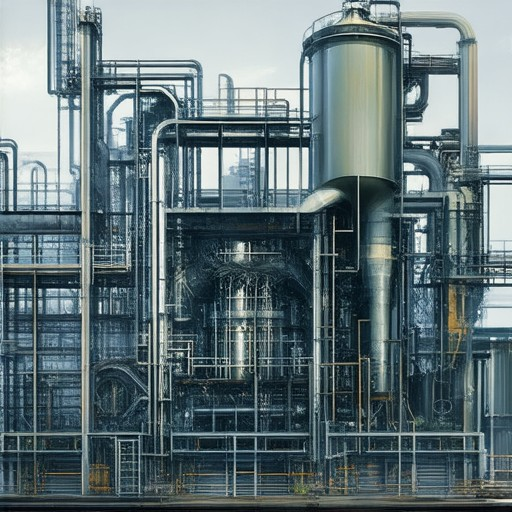
Is Pyrolysis Better Than Incineration?
Pyrolysis and incineration are both waste treatment processes, but they differ significantly in their methods and outcomes. Here’s a breakdown of their key characteristics:
- Energy Efficiency: Pyrolysis generally requires less energy than incineration due to its lower temperature operations, making it more energy-efficient.
- Emissions: Pyrolysis produces fewer pollutants compared to incineration, as it does not involve combustion, reducing harmful gas emissions like CO2 and NOx.
- Product Generation: Pyrolysis can yield valuable products such as biochar, which is beneficial for agricultural use as a soil amendment, improving soil fertility and carbon sequestration.
- Cost Considerations: While pyrolysis may have higher initial setup costs, it often leads to long-term cost savings through reduced energy consumption and increased resource recovery.
- Waste Suitability: Pyrolysis is effective for certain types of waste, though not all waste streams may be suitable. Incineration is widely applicable but carries higher environmental costs.
Considering these factors, pyrolysis emerges as a more environmentally favorable option compared to incineration, particularly for waste streams that can be converted into valuable resources like biochar. However, the choice between the two depends on specific operational requirements and waste types.

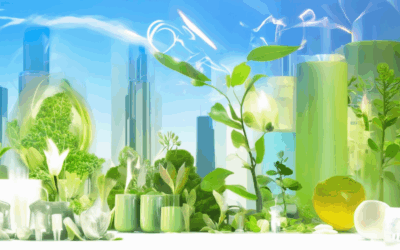
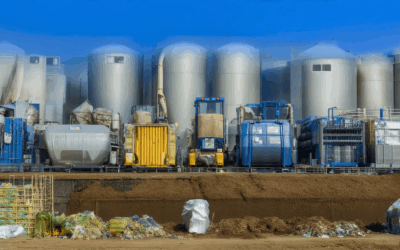
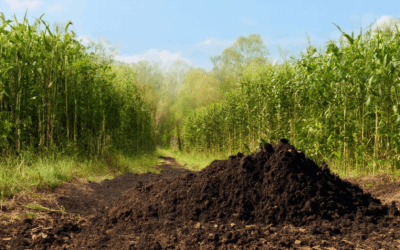
0 Comments